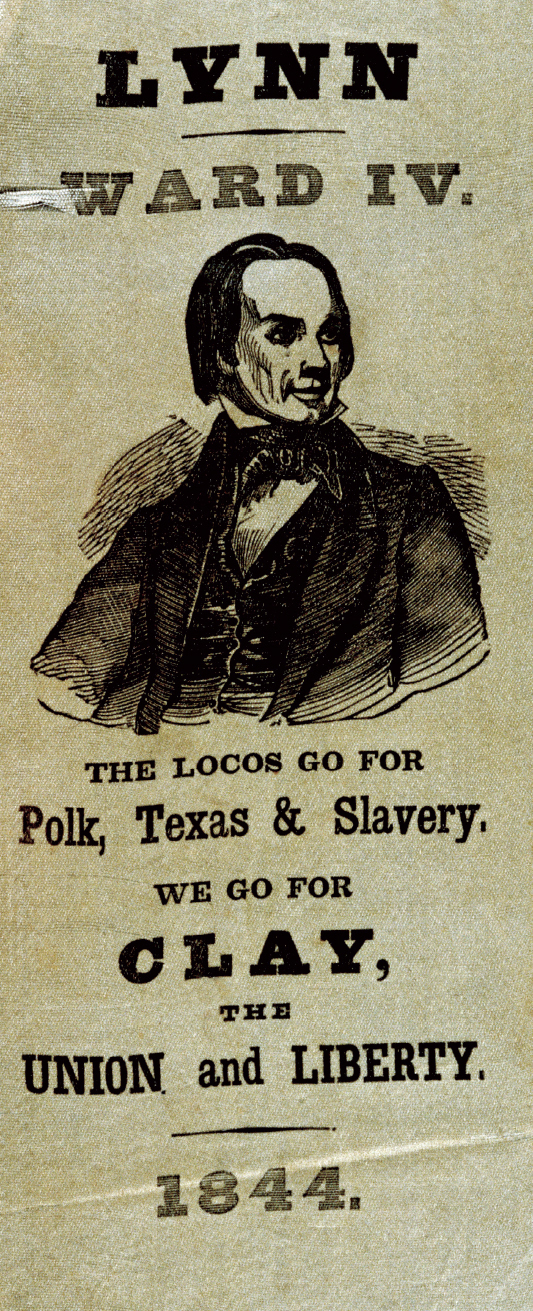Exploring American Histories: Printed Page 349
Exploring American Histories, Value Edition: Printed Page 294
The Rise of Antislavery Parties

As women’s rights conventions began calling for female suffrage, debates over the role of partisan politics in the antislavery campaign intensified. Keeping slavery out of western territories depended on the actions of Congress, as did abolishing slavery in the nation’s capital and ending the internal slave trade. Moral suasion had seemingly done little to change minds in Congress or in the South. To force abolition onto the national political agenda, the Liberty Party was formed in 1840. Many Garrisonians were appalled at the idea of participating in what they considered a proslavery government, but the Liberty Party gained significant support among abolitionists in New York, the Middle Atlantic states, and the Midwest.
The Whigs and Democrats sought to avoid the antislavery issue in order to keep their southern and northern wings intact, but that strategy became much more difficult once the Liberty Party entered campaigns. In 1840 the party won less than 1 percent of the popular vote but organized large rallies that attracted men, women, and children. In sparsely settled regions like Illinois, Garrisonians even joined Liberty Party supporters to get out the antislavery message. In 1844 the party won a little more than 2 percent of the vote, but this time its presence in the race was enough to ensure a victory for James K. Polk over the Whig candidate, Henry Clay (see chapter 10).
When President Polk led the United States into war with Mexico, interest in an antislavery political party surged. In 1848 the Liberty Party gained the support of antislavery Whigs, also called Conscience Whigs; northern Democrats who opposed the extension of slavery into the territories; and African American leaders like Frederick Douglass, who broke with Garrison on the issue of electoral politics. Seeing a political opportunity, more practically minded political abolitionists founded the Free-Soil Party, which quickly subsumed the Liberty Party. Free-Soilers focused less on the moral wrongs of slavery than on the benefits of keeping western territories free for northern whites. The Free-Soil Party nominated Martin Van Buren, a former Democrat, for president in 1848 and won 10 percent of the popular vote. Once again, the result was to send a slaveholder to the White House—Zachary Taylor, who had led U.S. troops in the war with Mexico. Nonetheless, the Free-Soil Party had expanded beyond the Liberty Party, raising fears in the South and in the two major parties that the battle over slavery could no longer be contained.
Review & Relate
|
How did the American Anti-Slavery Society differ from earlier abolitionist organizations? |
How did conflicts over gender and race shape the development of the abolitionist movement in the 1830s and 1840s? |